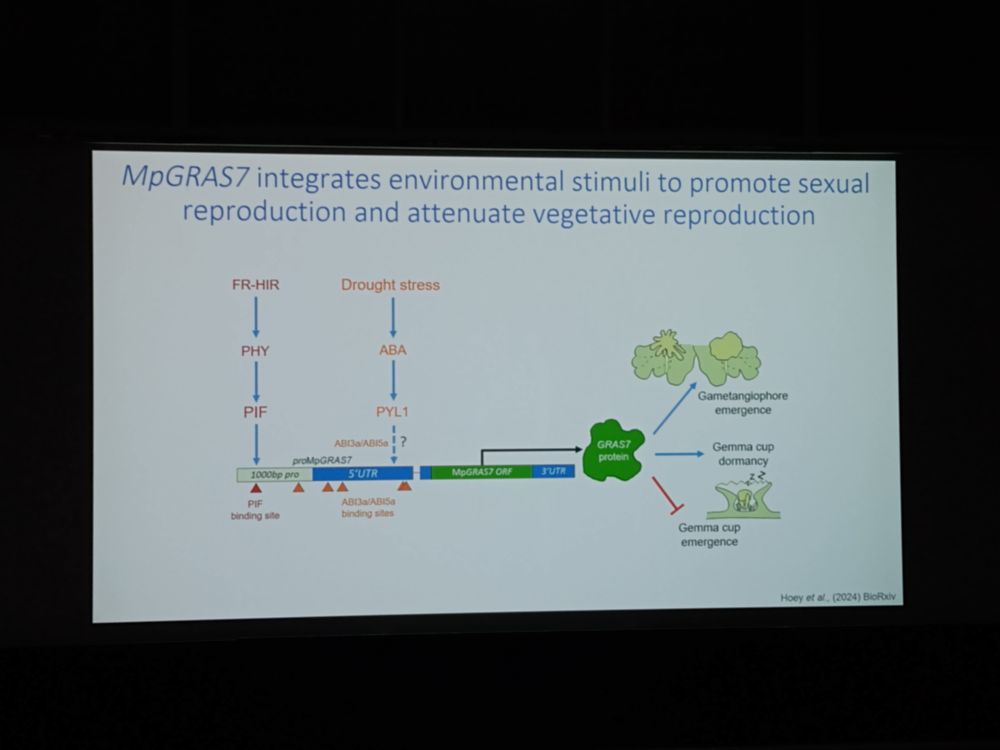Alex Guyon
@alexguyon.bsky.social
190 followers
460 following
14 posts
PhD student in the Schornack Group @slcuplants.bsky.social. Interested in plant-microbe interfaces.
https://www.slcu.cam.ac.uk/people/alex-guyon
Posts
Media
Videos
Starter Packs
Alex Guyon
@alexguyon.bsky.social
· Jul 2
Alex Guyon
@alexguyon.bsky.social
· Jun 26
Alex Guyon
@alexguyon.bsky.social
· Jun 24
Alex Guyon
@alexguyon.bsky.social
· Jun 24
Reposted by Alex Guyon
Reposted by Alex Guyon
Reposted by Alex Guyon
Reposted by Alex Guyon
Alex Guyon
@alexguyon.bsky.social
· Apr 1
Reposted by Alex Guyon










